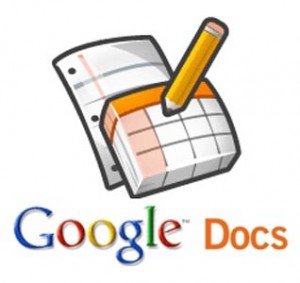About five years ago I wrote a course for students here at Leicester on Using Microsoft Word 2003 for long documents (I nearly called it Getting Microsoft Word to do something useful) when I discovered that lots of people seemed to be wasting lots of time formatting dissertations and theses - and often doing a shoddy job of it. I also wrote an accompanying workbook. Since then I've updated it for Office 2007 and it continues to be extremely popular. I've lost count of the number of times I've run the session and it's had 1000s page views on our website. Here's an extract from the booklet's introduction explaining what it covers.
Long documents, for example a dissertation or thesis, can be difficult to work with for a number of reasons. Microsoft Word provides you with some useful features to make managing long documents easier. Many of the features are also useful for shorter documents that require internal referencing. The features include:What I'd really love to do though is find out how to do all of the above using Google docs because of the additional advantages of its revision history, sharing, collaboration features, etc. (although I don't think the master/sub-document stuff would be necessary as Google docs seems to be so much more stable than Microsoft Word with lengthy documents).
- style formats to apply to different types of text;
- captions to label objects such as figures or tables;
- tables of contents;
- tables of figures;
- cross-referencing;
- master documents and sub documents to divide large documents up into smaller, more manageable chunks whilst still retaining referenced links.
So here's is the Google document where I tried to find the features, but as you'll see when you read it - it was rather a disappointment.
In summary:
- heading styles work nicely;
- multi-level lists aren't supported;
- captions aren't an option;
- tables of contents work fine but I can't see how to add page numbers;
- tables of figures aren't supported;
- and neither are cross references (although see update below).
Given the brilliance of Google docs in so many other ways I'm wondering if it has some of these features and I just can't find them, or am I just asking it to do things it isn't designed for? I love Google docs and I'll continue to use it but it seems like it's not very suitable yet for long, formal, documents. Or am I missing something?

I guess the answer might be - google docs was designed for online documents, so page numbers, cross references etc are not necessary where 'screens' can resize and reflow your writing and a hyperlink is another way to link to two things... once theses go over to electronic only submission this won't matter any more (though why do a PhD if you can't get a doorstop out of it?!) ... perhaps you're just ahead of the curve Stu ;-)
ReplyDeleteAhead of the curve. Very funny ;) I think you're right re not designed for print. Re hyperlinks - so can I cross reference within the doc using a hyperlink? E.g. 'as can be seen in Figure 2'. Trouble is without captions you'd still have to be v careful with numbering - if you inserted a new figure between 1 and 2, 2 wouldn't become 3, etc.
ReplyDeleteBookmarks work ok as internal references - see tip 13 here http://goo.gl/X1e5l. Although if I changed the name of the reference the heading wouldn't update but the link would still work
ReplyDelete